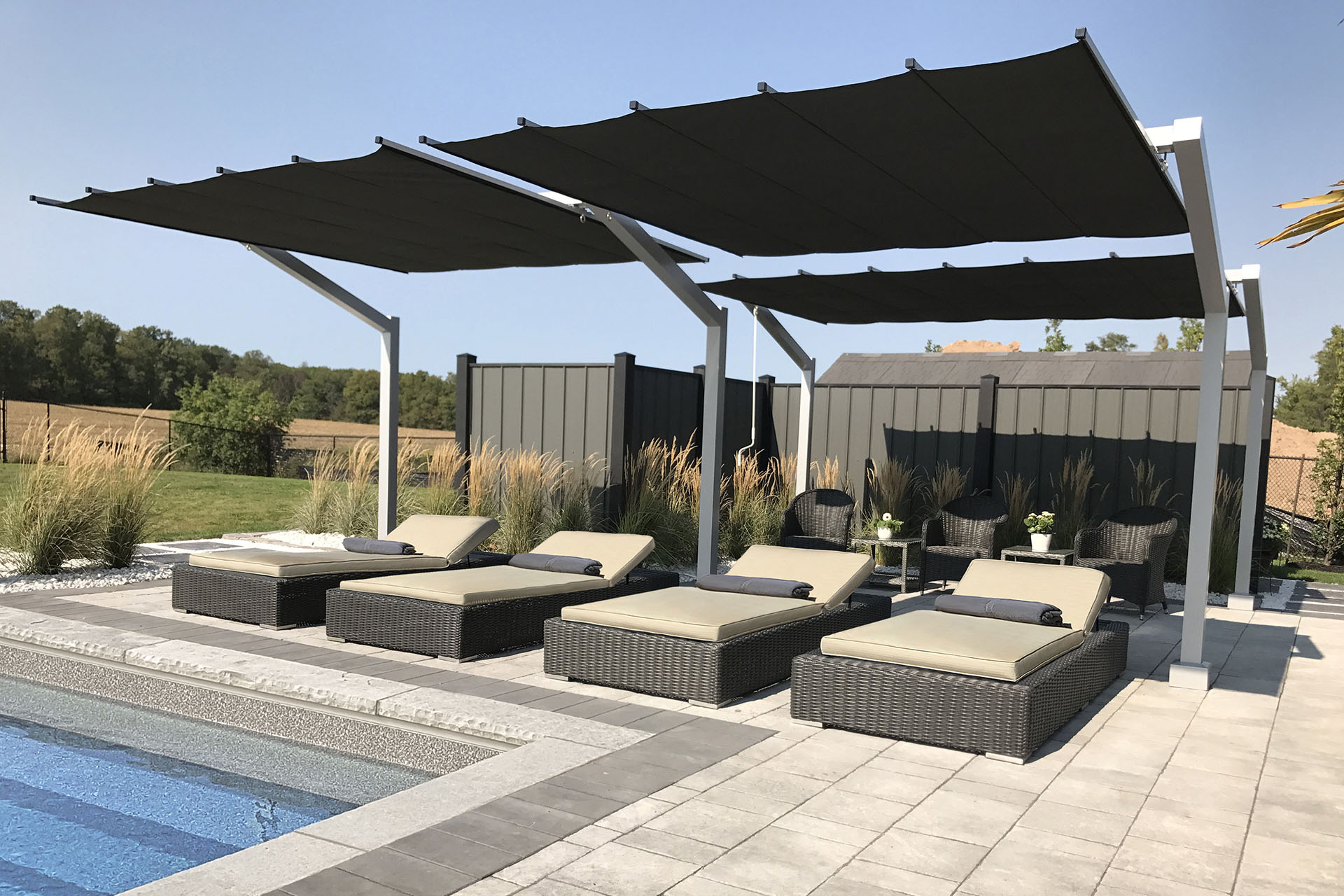

Nothing rusts because our factory welds all structural steel to be water-tight. None, except for an occasional hosing to remove dirt and bird droppings. A 2-man crew can remove our largest fabrics in less than one (1) hour and reattach them in less than two (2) hours. There’s no structural reason to remove them unless snow is expected. Can shade sails and canopy fabrics be removed? They only have columns, shade sails and the hardware to attach them and maintain proper tensioning.Ĩ. hip, pyramid, etc.). Shade sail structures don’t have upper frames. What’s the difference between cable-tensioned shade canopies and shade sails structures?Ĭanopies have upper steel frames to tension shade fabric into various roof styles (e.g. Finally, many of our shade canopy designs are pre-approved by DSA for use at California’s public schools.ħ. They are approved by GSA for use by the U.S. Our structures meet California Building Code, which is the world’s toughest. All are designed to withstand 3-second wind gusts of 110 MPH with the fabrics attached. They’re factory-welded to be watertight and are protected with a powder coat finish. There’s a limited 10-year warranty on the HDPE fabrics.

Steel columns and frames are warranted for 20 years. How durable are your cable-tensioned, fabric shade structures? “moment”) must sustain 40,000 foot pounds.Ħ. If the structure has 4 columns, then 4,000# hits the top of each column. A 70 MPH wind gust exerts approximately 16# of uplift per square foot of fabric that’s 10′ high. To counteract the powerful uplift caused by wind. Why are the footings for shade canopy and shade sail structures so large? Footing construction costs are a significant portion of total project costs and an important consideration when deciding how structures are designed.ĥ. However, some have been as large as 42″ diameter and 13′ deep. The dimensions for most of our drilled pier footings are 30″ or 36″ diameter and 5′-9′ deep. In most cases, drilled pier footings are preferable to spread footings. classifications for wind exposure and seismic conditions) soil conditions etc.
#SHADE CANOPY CODE#
It depends on several factors such as structure type & design code requirements (e.g. This is only determined during the engineering process. Yes, in-ground footings are necessary for free-standing structures, and posts cannot be secured to most existing concrete slab.

Are in-ground footings necessary, or can structures anchor to existing concrete slab? See sun safety for information about this importance.ģ. Up to 97% of the sun’s UVA and UVB rays are blocked, depending upon shade cloth color. How much UV protection do tension fabric shade structures provide?


 0 kommentar(er)
0 kommentar(er)
